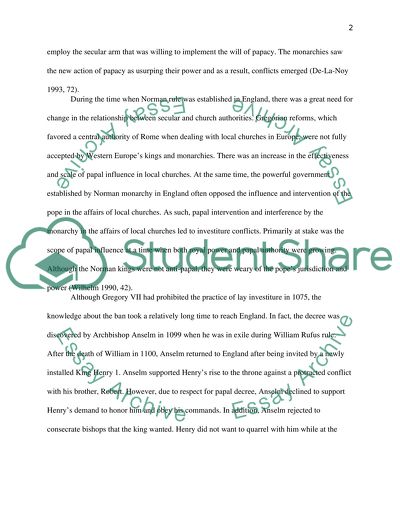Cite this document
(“Lay investiture Research Paper Example | Topics and Well Written Essays - 1250 words”, n.d.)
Lay investiture Research Paper Example | Topics and Well Written Essays - 1250 words. Retrieved from https://studentshare.org/history/1463530-lay-investiture
Lay investiture Research Paper Example | Topics and Well Written Essays - 1250 words. Retrieved from https://studentshare.org/history/1463530-lay-investiture
(Lay Investiture Research Paper Example | Topics and Well Written Essays - 1250 Words)
Lay Investiture Research Paper Example | Topics and Well Written Essays - 1250 Words. https://studentshare.org/history/1463530-lay-investiture.
Lay Investiture Research Paper Example | Topics and Well Written Essays - 1250 Words. https://studentshare.org/history/1463530-lay-investiture.
“Lay Investiture Research Paper Example | Topics and Well Written Essays - 1250 Words”, n.d. https://studentshare.org/history/1463530-lay-investiture.


